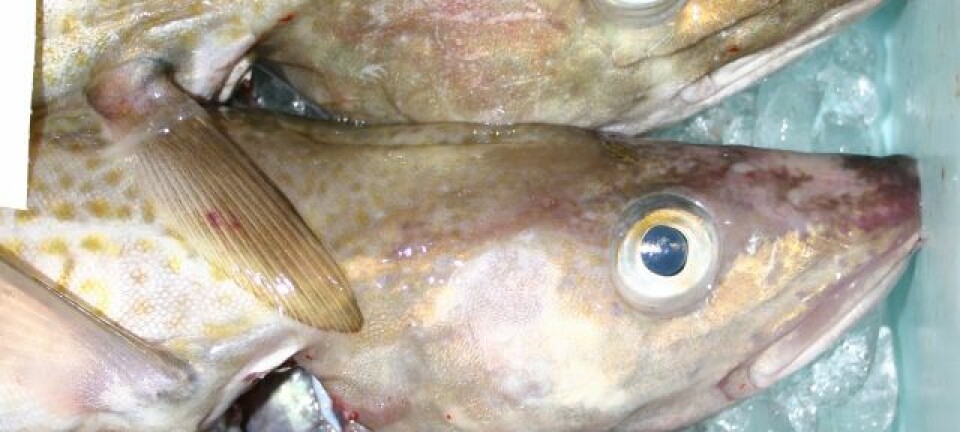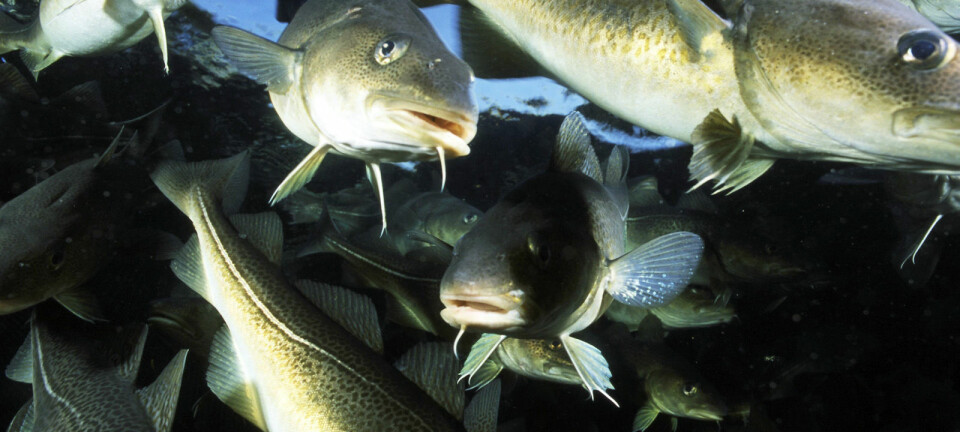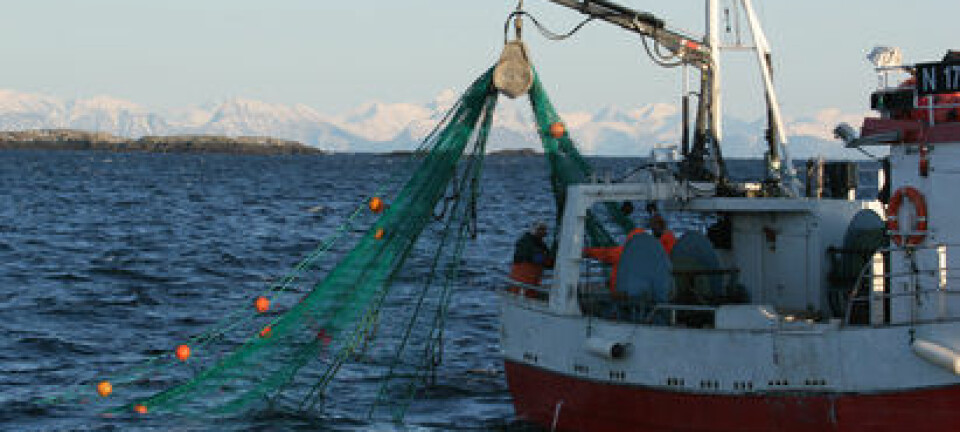
Climate change makes cod grow
North Sea cod are growing far more than expected. The explanation lies in global warming.
The recent explosive increase in size of the North Sea cod is baffling marine scientists.
A new study now claims to have found the cause: global warming.
The study has just been published in the international journal Global Change Biology.
”When the seawater gets warmer, all life processes in the cod speed up,” says Peter Grønkjær, an associate professor of marine ecology at the Department of Biological Sciences at Aarhus university, who headed the study.
When the seawater gets warmer, all life processes in the cod speed up. This causes the cod to digest their food faster and makes them convert it into extra muscle tissue.
“This causes the cod to digest their food faster and makes them convert it into extra muscle tissue.”
Cod were expected to shrink
Researchers had anticipated that the North Sea cod would get smaller.
Overfishing has started a process in which the cod spend their energy on reproducing themselves rather than on growing bigger.
”But over the past 30 years the increased ocean temperatures have compensated for the anticipated decrease in cod size,” says Grønkjær.
Climate change threatens survival of cod
Over the past 30 years the increased ocean temperatures have compensated for the anticipated decrease in cod size.
Global warming rarely causes positive associations, and this new finding is merely a tiny bright spot in a very dark sea:
“On the small point that deals with the growth of the cod, this is good news,” he says.
“But this doesn’t mean that the warming of the North Sea is generally good for the cod. The higher temperatures alter the ecosystem, which causes the composition of the crustaceans that the cod feed on to change too. And that makes it harder for the fry to survive.”
In fact, there is a risk that the cod may disappear from Danish waters altogether.
In the North Sea, they will look to the North where the sea is colder. And in the Baltic Sea they may become extinct because they cannot breed in the low salt levels of the northern Baltic, where the temperature is otherwise ideal for cod.
Findings give new hope for North Sea cod
The researchers made the surprising discovery by reviewing figures from the International Council for the Exploration of the Sea (ICES).
These figures showed:
- The ocean temperatures at various times
- The average size of the fish at various times
- The location of the fish at various times
- When the fish became sexually mature at various times.
”By linking all this data together, we can conclude that the weight change is caused by changes in the temperature,” says Grønkjær.
The new findings will be used for developing strategies for how cod in the North Sea can be preserved.
-------------------------------
Read this story in Danish at videnskab.dk
Translated by: Dann Vinther









